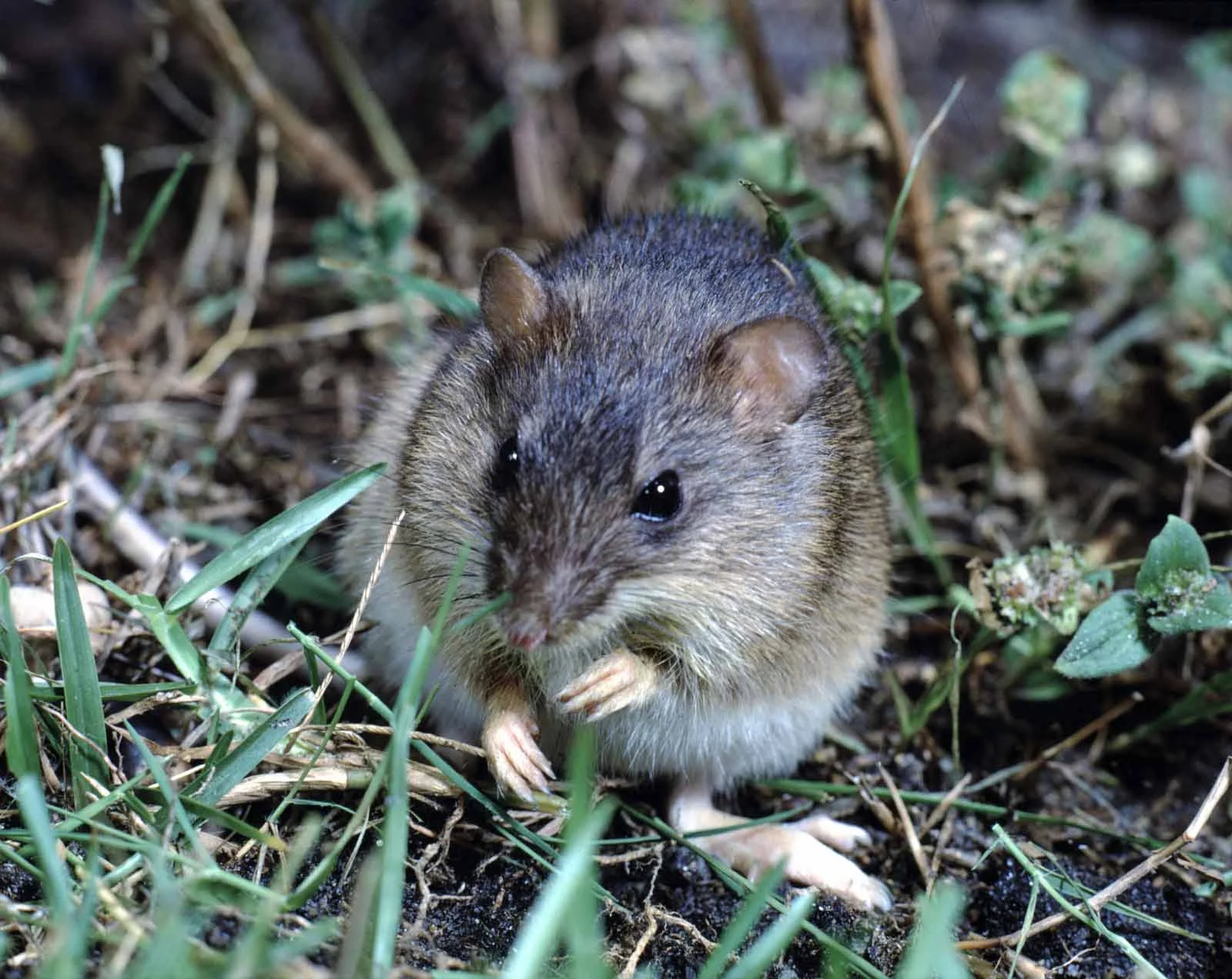Essential Information on the Galapagos Rice Rat
Rats are the only land mammals that have naturally arrived and settled in the Galápagos archipelago.
Research has uncovered that there were eleven rat species in total, with eight now extinct. This finding was largely due to fossils discovered in lava caves and tunnels on the islands of Santa Cruz and San Cristóbal, as well as historical records and recent genetic studies of Galápagos rodents.
Being omnivores, their diet includes a range of fruits, seeds, invertebrates, and occasionally, eggs.
Rice Rats inhabit both the arid coastal regions and the wetter, greener highlands. Males are more commonly seen as they are typically larger than females.
The population of Rice Rats is not well-documented, but it is believed to be low due to competition with the invasive Black or Ship Rat, which arrived with humans five centuries ago. The Rice Rat faces threats from these introduced species, which can transmit fatal diseases and potentially lead to further declines in their numbers.
Although not the most prominent of Galápagos species, these endemic rodents play a vital role in the archipelago's natural history. Your naturalist guide will assist you in spotting them during shore excursions on your memorable Galápagos cruise.
